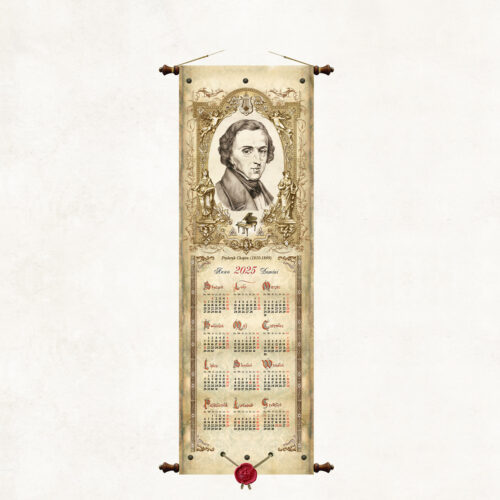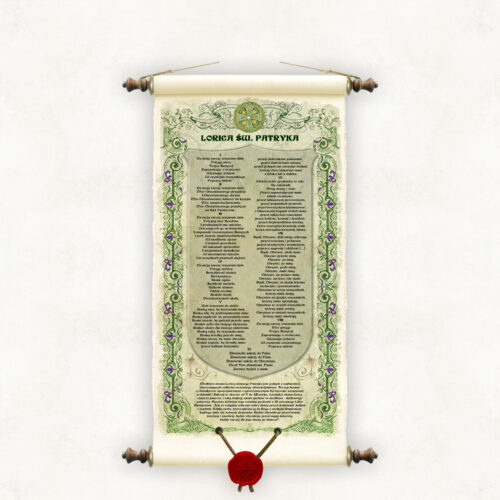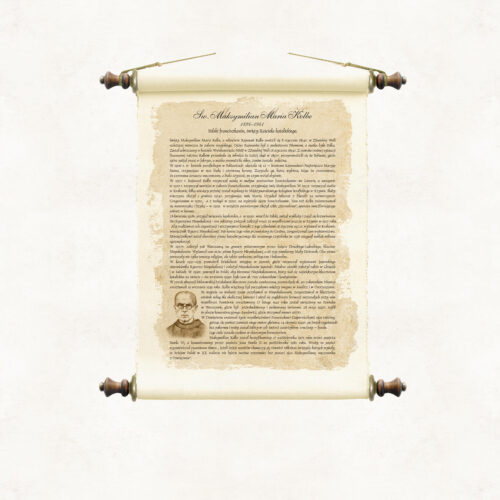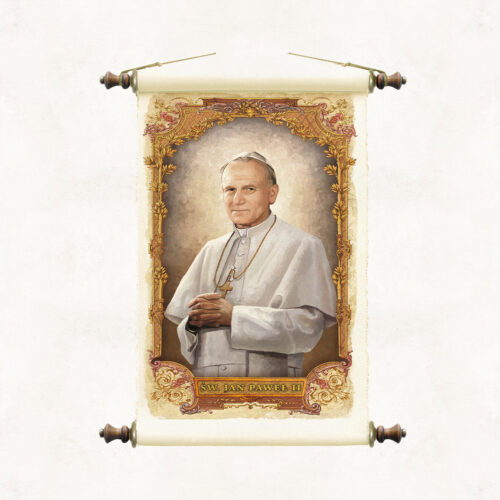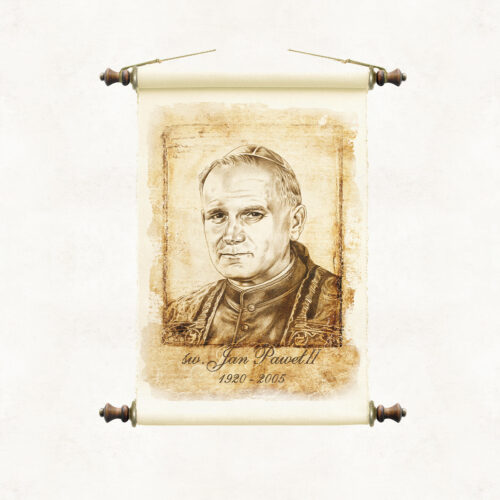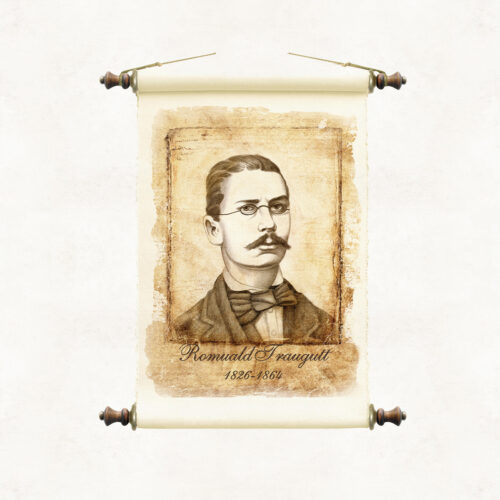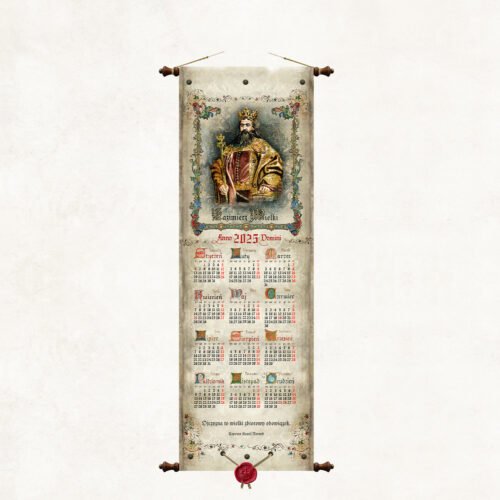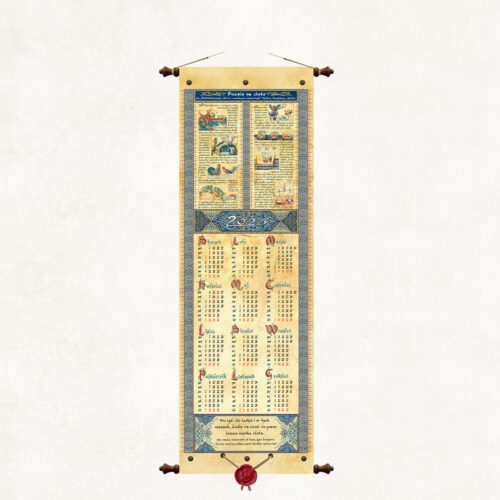-
Fryderyk Franciszek Chopin (1810 - 1849) Fryderyk Chopin (French: Frédéric Chopin), Polonized form: Szopen (born February 22 or March 1, 1810 in Żelazowa Wola, died October 17, 1849 in Paris) - Polish composer and pianist. From October 1831 he lived in France. He is considered one of the greatest Romantic composers, as well as one of the most important Polish composers in history. He was one of the most famous pianists of his time, often called the poet of the piano. Elements characteristic of Chopin's works are in-depth expression and drawing on the stylistic patterns of Polish folk music.
-
BOLESŁAW CHROBRY (967 - 1025) Son of Mieszko I, the first crowned king of Poland. He was an ally of Emperor Otto III, whom he hosted in Gniezno in 1000. He led victorious wars for Milsko and Lusatia. He organized missionary trips to Kyiv. He placed his son-in-law Svatopluk on the Russian throne and regained the Cherven Castles, previously occupied by Prince Vladimir of Kiev, annexing them to his state. Historians are increasingly adding the word "Great" to his name.
-
The board commemorates Saint. Stanisław of Szczepanów (also Stanisław Szczepanowski), bishop of Krakow, martyr, saint of the Catholic Church and one of the main patrons of Poland. The illumination placed on the board shows Saint. Stanisław as the patron saint of the Kingdom of Poland and comes from the work of Jan Długosz entitled Catalog of the Archbishops of Gniezno (Latin: Catalogus archiepiscoporum gnesnensium) from before 1476. The author of the painting is the Cistercian Stanisław Samoshootnik, a. Stanisław of Mogila (1480 - 541) - Polish painter, illuminator and miniaturist. The illustrations for the catalog were made several dozen years after Jan Długosz's death.
-
The prayer called Saint Patrick's Breastplate is one of the most interesting relics of early Christianity. This type of hymn of an apotropaic and exorcistic nature was widely used in Ireland and Scotland between the 5th and 12th centuries. The prayer is meant to act as a spiritual armor. A specific definition of the term comes from the 11th-century Liber Hymnorum: “It is a religious protection of body and soul against demons, men and vices. Any person who sings it to God with great concentration, every day, will not see demons. It will protect him from every poison and envy, he will be protected from sudden death, and it will be a shield for his soul after death.”
-
CASIMIR THE GREAT (1310 – 1370) The last of the Piast dynasty, king of Poland from 1333. Due to his talented foreign policy and the small number of wars fought, he was called the "diplomatic king" and "he who found Poland wooden and left it brick", due to the construction of dozens of new cities and expansion or building several hundred new castles and fortresses. His reign actually consolidated the process of unification of Polish lands and led Poland out of political isolation in Europe, after nearly two centuries of division.
-
The calendar contains an alchemical, medieval recipe for gold from the "Collection of recipes for various arts" - Schedule diversarum artium, Theophilus Presbyter (ca. 1070-1125). The schedule allows for a detailed familiarization and analysis of the techniques of artistic crafts in the Middle Ages. The work is divided into three volumes. The first volume contains information on techniques, production and use of materials for drawing and painting, the use of paint and ink, especially for book painting and wall painting. The second volume concerns stained glass and stained glass technique. The third volume is devoted to goldsmithing and it is there that the oh-so-"practical" recipe for gold is given.

